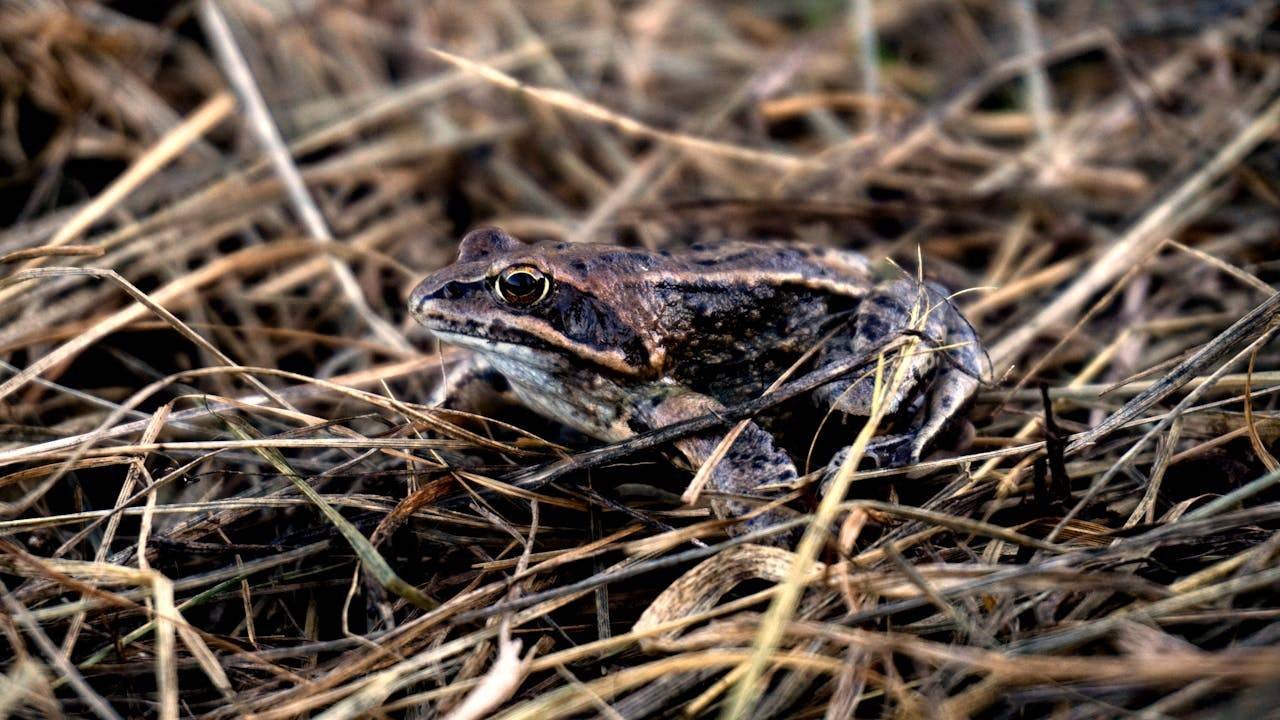Among the countless wonders of the animal kingdom, freeze-tolerant frog species stand out as extraordinary examples of adaptation. These resilient amphibians have evolved to survive in freezing temperatures that would be lethal to most animals. Let’s explore the fascinating world of freeze-tolerant frogs and understand how they manage to endure harsh winter conditions.
The Science of Freeze Tolerance
Freeze-tolerant frogs have developed remarkable physiological adaptations that allow them to survive being partially frozen. During freezing temperatures, these frogs can endure ice formation in their body cavities while protecting vital organs. Key to this survival strategy is the production of natural antifreeze substances, such as glucose and glycerol, which prevent ice from damaging cellular structures.
Notable Freeze-Tolerant Frog Species
1. Wood Frog (Rana sylvatica)
- Native to North America, the Wood Frog is one of the most well-known freeze-tolerant species. In winter, they seek refuge under leaf litter or within soil, where they can survive being frozen solid for weeks. Their bodies tolerate ice formation, allowing them to enter a state of suspended animation until spring.
2. Spring Peeper (Pseudacris crucifer)
- Found in the eastern United States and Canada, the Spring Peeper is another frog capable of surviving freezing temperatures. These frogs are small but mighty, using similar freeze tolerance strategies to endure the cold months until warmer weather returns.
3. Gray Tree Frog (Hyla versicolor)
- Native to North America, the Gray Tree Frog exhibits freeze tolerance by producing cryoprotectants like glycerol to prevent ice formation within cells. They are capable of surviving cold temperatures and can be found in woodlands and forest edges, where they overwinter in logs, leaf litter, or crevices.
The Mechanisms Behind Freeze Tolerance
- Cryoprotectant Production:
Freeze-tolerant frogs increase the production of glucose and glycerol in response to dropping temperatures. These cryoprotectants help control ice formation within their bodies, ensuring that only extracellular water freezes. - Dehydration Control:
By managing water content within their bodies, these frogs prevent intracellular freezing, which could otherwise cause lethal damage to cells. - Heart and Lung Adaptation:
During freezing, these frogs can reduce their heart rate and respiration, effectively entering a state of hibernation while their bodily functions are minimal.
Ecological Importance and Challenges
Freeze-tolerant frogs play essential roles in their ecosystems, controlling insect populations and serving as prey for other wildlife. However, climate change and habitat destruction pose significant threats to these unique species. Conservation efforts are critical to preserving their natural habitats and ensuring their survival.
FAQs About Freeze-Tolerant Frog Species
What makes freeze-tolerant frogs unique?
Freeze-tolerant frogs can survive being partially frozen by producing natural antifreeze substances that protect their cells from ice damage.
How do Wood Frogs survive winter?
Wood Frogs survive winter by freezing up to 65% of the water in their bodies, entering a state of suspended animation until temperatures rise.
Where are freeze-tolerant frogs found?
Freeze-tolerant frogs are primarily found in North America, in regions with harsh winters, such as boreal forests and northern woodlands.
Why is conserving freeze-tolerant frogs important?
Conservation is crucial because freeze-tolerant frogs are indicators of environmental health and contribute to biodiversity by controlling insect populations.
How does climate change impact freeze-tolerant frogs?
Climate change can alter the habitats and weather patterns necessary for these frogs’ survival, potentially leading to habitat loss or population declines.
How do Spring Peepers manage to survive cold winters?
Spring Peepers use similar freeze-tolerance strategies, producing cryoprotectants that prevent ice from forming inside their cells, allowing them to hibernate until spring.
Why are Gray Tree Frogs considered freeze-tolerant?
Gray Tree Frogs produce glycerol as a cryoprotectant, enabling them to endure cold temperatures by preventing ice formation within their cells. They overwinter in sheltered areas like logs and crevices.
Are all tree frog species freeze-tolerant?
Not all tree frog species are freeze-tolerant. The ability to survive freezing temperatures depends on specific adaptations like the production of cryoprotectants and the frog’s regional habitat.
Do freeze-tolerant frogs remain active in winter?
No, freeze-tolerant frogs enter a state of dormancy or suspended animation during winter, significantly reducing their metabolic rate to conserve energy until warmer conditions return.

